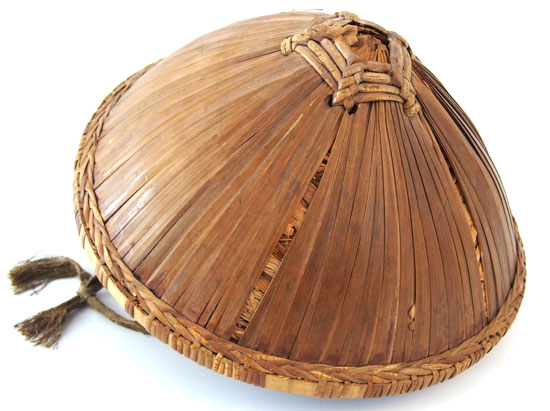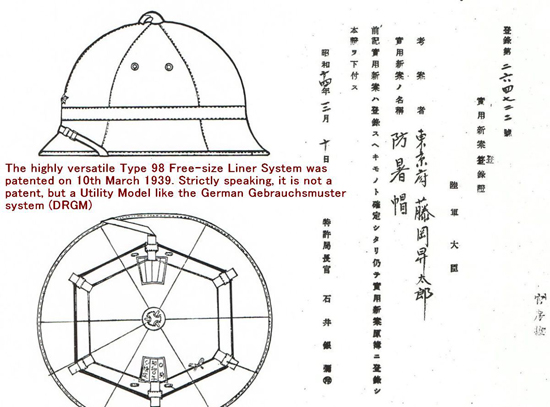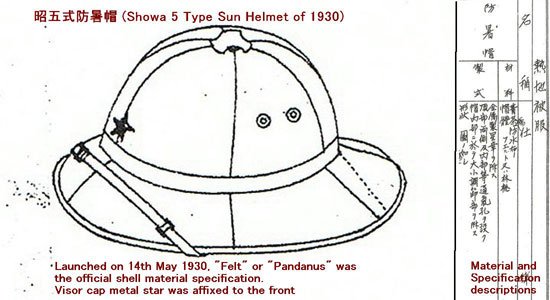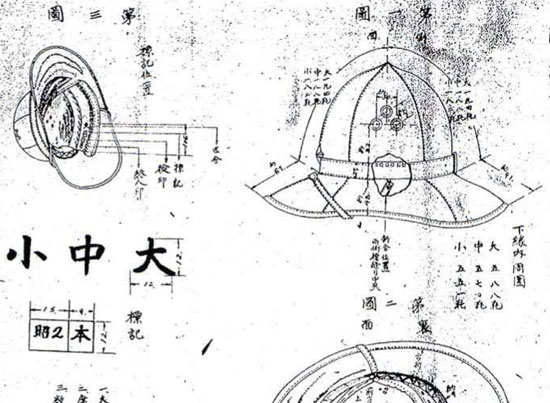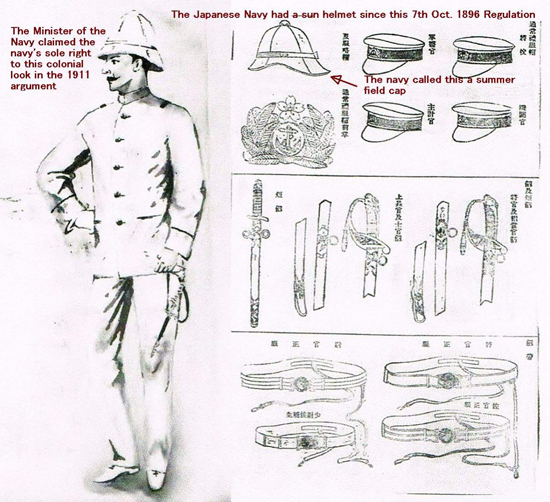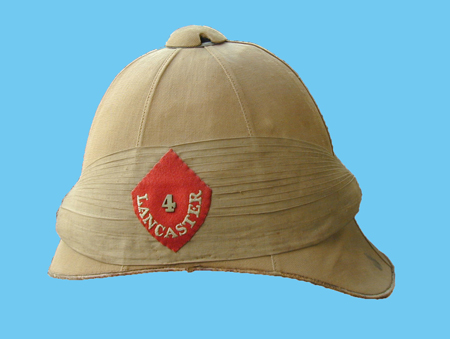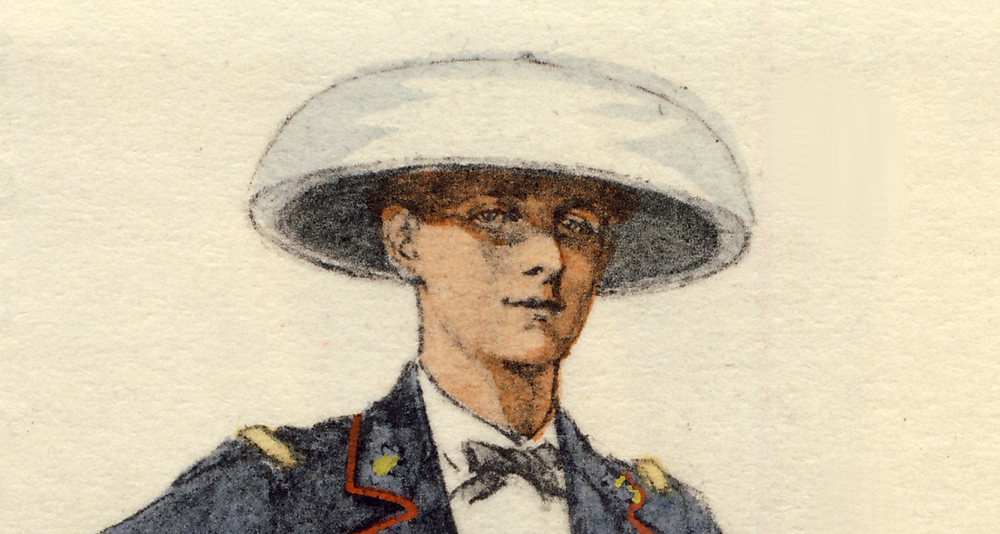
It is a hat or form of headgear known by many names. It is known as a “salakot” in the Philippines, the “salacco” in Southeast Asia, and at times even described as the “Planters Hat” in British India. It is a type of a Asian “conical hat,” which we have written about in detail in the past, but its history in use by the colonial masters of Asia has largely been overshadowed by the sun/pith helmet. Continue reading

